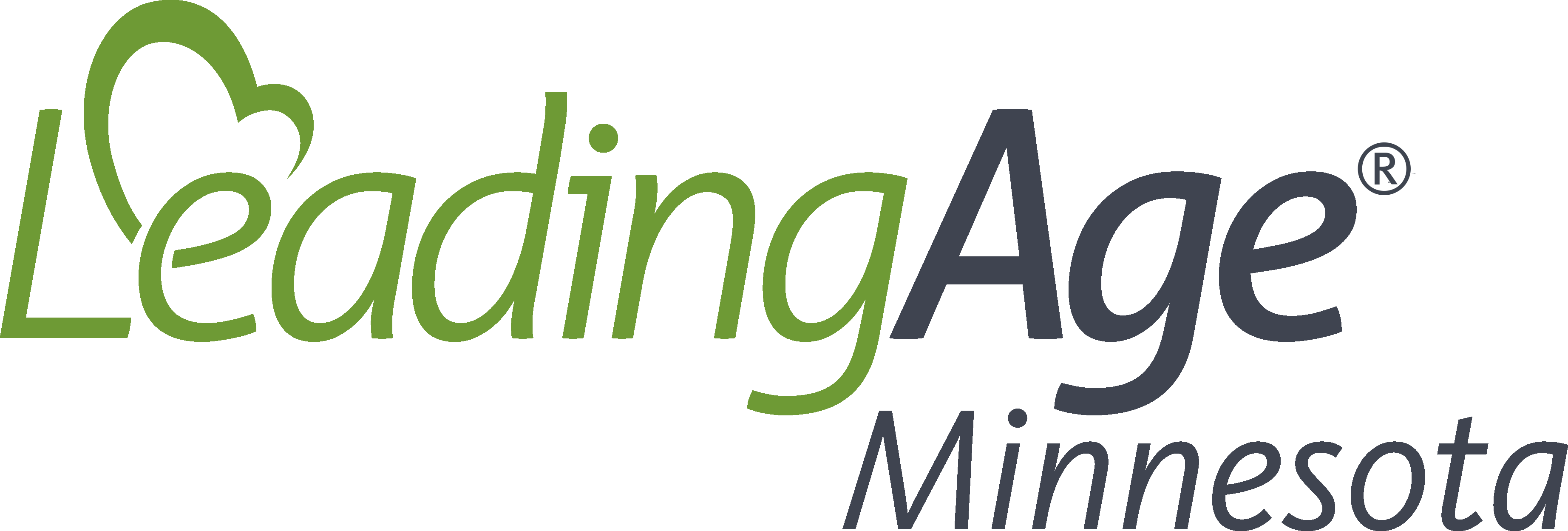PHI Releases a New Report on the Direct Care Workforce in the U.S.
Posted on September 15, 2022 by Anna Mowry
A new report providing insights and data on the nation's direct care workforce was recently released.
The report, Direct Care Workers in the United States: Key Facts, is released annually by PHI, which researches, supports, and promotes the nation's direct care workforce. The report includes workforce projections and demographic overviews of home care workers, residential care aides, and nursing assistants in nursing homes.
A Growing Population with Growing Needs
The report noted that the growing population of older adults continues to drive up the demand for direct care workers. Older adults are living longer and with complex chronic conditions.
- From 2016 to 2060, the population of people 65 and older in the U.S. is projected to nearly double, from 49.2 million to 94.7 million.
- From 2016 to 2060, the number of adults age 85 and older is expected to nearly triple from 6.4 million to 19 million.
- As our population ages, the number of older adults with Alzheimer's disease is expected to more than double, from 6.5 million in 2020 to 13.8 million in 2060.
Projections and Trends of the Direct Care Workforce
- The direct care workforce added nearly 1.5 million new jobs over the past decade, growing from 3.2 million workers in 2011 to 4.7 million in 2021.
- The direct care workforce is projected to add approximately 1.2 million new jobs from 2020 to 2030—more new jobs than any other single occupation in the country.
- There will be an estimated 7.9 million direct-care job openings from 2020 to 2030.
- Job growth is occurring primarily in the home and community-based services (HCBS) sector, with the home care workforce projected to increase by 37% in the next decade.
Wages Remain Low, Despite Investments
According to PHI, despite being larger than any single occupation, the direct care workforce continues to struggle with low wages and other barriers that hinder recruitment and retention.
- In the past ten years, the direct care workforce has seen incremental wage growth, primarily due to state and federal investments in Medicaid programs in response to the COVID-19 pandemic.
- Despite progress, wages remain low— the median hourly wage for direct care workers was just $14.27 in 2021, and the median annual earnings for direct care workers is $21,700.
- 40% of direct care workers live in low-income households, and 43% rely on public assistance, such as Medicaid, food and nutrition assistance, or cash assistance.
More Resources From PHI
PHI works to ensure quality care for older adults and people with disabilities by creating quality jobs for direct care workers. PHI has several reports and other resources for providers:
Comments
Add a comment
Members must sign in to comment
You must be a member to comment on this article. If you are already a member, please log in. Not a member? Learn how to join »

No one has commented on this article yet. Please post a comment below.